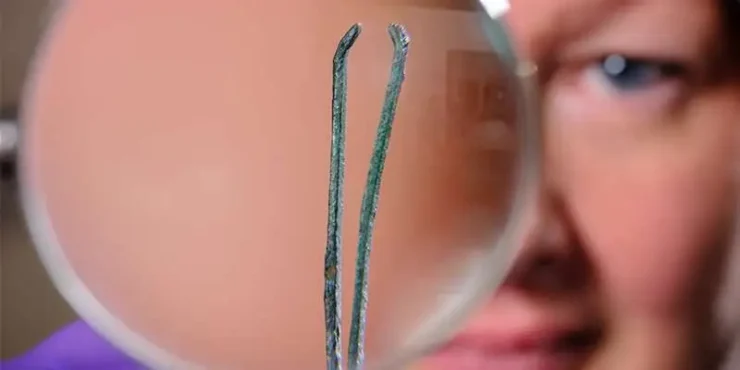Archaeologists working at the Roman City of Wroxeter in Shropshire, England, have discovered a huge collection of more than 50 tweezers from the use of hair removal at the site, which dates from the 2nd to the 4th century AD.
A skin scraper, perfume bottles, jewelry and makeup applicators were also found. As is well known, personal hygiene and beauty were very important to the Romans. To put it briefly, it was especially important for Roman women to have smooth and white skin. White skin, a symbol of nobility, meant that they did not work under the sun and that they belonged to the upper class. It is even known that they used a paste called fucus, chalk or white lead for whiteness. (White lead was one of the most dangerous makeup materials for human health).
Stating that men who participated in sports such as wrestling were also expected to remove their body hair, English Heritage noted that hair removal procedures were as common for men as for women.
Cameron Moffett, English Heritage Curator at Wroxeter Roman City, a new museum that opened last week, told “the important thing is that the appearance is hairless. Especially in the armpits.”
In Roman times, hair plucking rituals were often performed by slaves. There is even a letter by the Roman writer and politician Seneca in which he complained about the screams people made when their hair was plucked. “The skinny armpit hair plucker whose cries are shrill, so as to draw people’s attention, and never stop, except when he is doing his job and making someone else shriek for him.”
“At Wroxeter alone, we have discovered over 50 pairs of tweezers, one of the largest collections of this item in Britain, indicating that it was a popular accessory. The advantage of the tweezer was that it was safe, simple and cheap, but unfortunately not pain free.” Moffet said.
